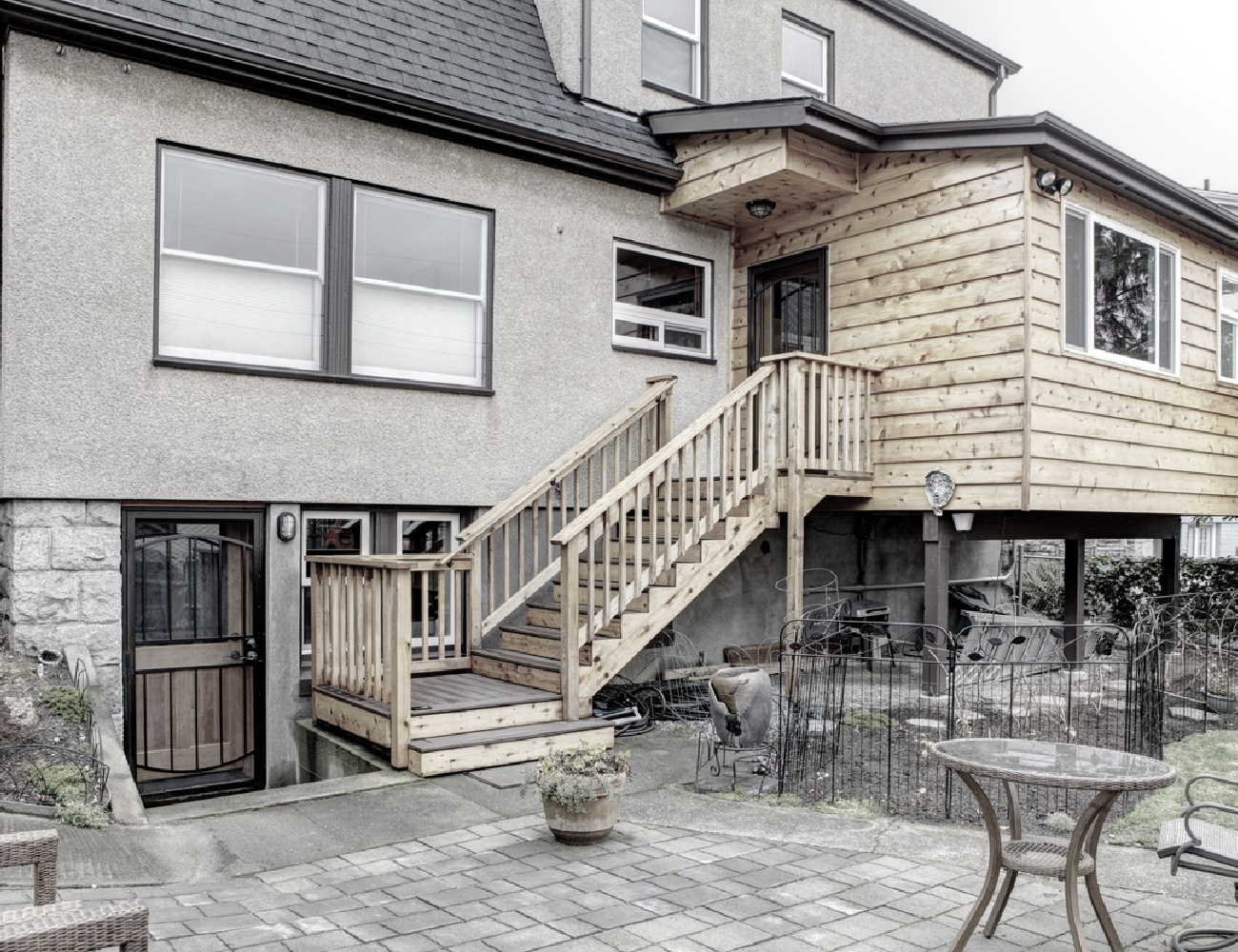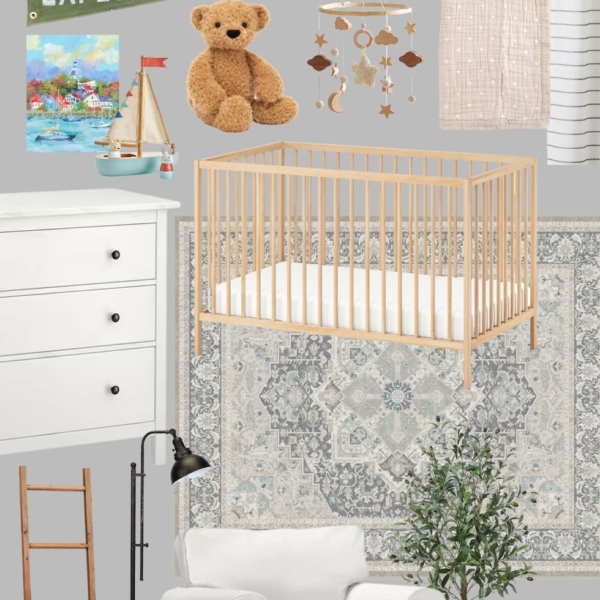Walkout basements are often a feature of homes built on slopes or hillsides. At least one wall is completely above the lower grade. Most of the rest of the foundation is fully or partially embedded in the slope. The exposed wall has at least one door and often many windows.

Why Have a Walkout Basement?
Building lot conditions usually dictate the decision to incorporate a walkout basement into the house design. Sloped lots provide the most logical landscape for walkout basement construction. Some designs are only an entrance door while others opt for exposing one or more walls down to grade–allowing for more light and finishing options.
Walkout basements often become an important part of home design and living areas for family rooms, game rooms, home theaters, or separate suites. A little thought and effort can create an amazing walkout basement.
Advantages
Walkout basements provide many benefits that traditional basements lack.
Walkout Basement Living Space
Walkout basements offer attractive and useful additional living space. It can be used for a recreation room, family room, exercise room, entertainment room, etc. The separate entrance allows for a pleasant home office, an in-law suite, or a rental suite.
Walkout Basements Provide Natural Light
Some walkout basements feature many windows in addition to the door–which can also be a sliding glass patio door or garden door. An open floor plan turns the basement room into a “daylight basement”. The terms walkout and daylight are used interchangeably but a true walkout basement contains at least one door.
Outdoor Accessibility of Walkout Basements
Doors in walkout basements allow easy quick access to the outdoors. The doors often open onto a patio. They also provide easy access for moving large items without navigating staircases and main floor entrances. Basement doors are also a safety feature. In case of fire, people do not need to climb stairs to get to an exit.
Walkout Basement As Private Entrance
All long-term rental suites and vacation rentals require separate entrances. Doors in walkout basements qualify according to most building codes. Basement mother-in-law suites with separate entrances increase peace and contentment in the home.
Walkout Basements and Home Value
Finished walkout basements are valuable and desirable to most purchasers–even if the area cannot be advertised as part of the selling square footage of the house. The return on walkout basement development is about 70% – 80% of the money and time invested.
Disadvantages
Walkout basements can present a few disadvantages or problems that should be considered when buying or designing.
Walkout Basement Drainage
Walkout basements are susceptible to water problems especially if the soil is not sloped to provide proper drainage away from the foundation. Water can pool against the wall and find a way inside. In addition to grading, drains or weeping tile should be in place to carry water away.
Additional water flows down the sides of the house and can gather in front of the walkout walls. Retaining walls can be used to direct it away.
Walkout Basement Taxes
Finished walkout basements almost invariably lead to higher tax assessments. Especially if the basement is finished as a separate suite. Building permits and occupancy permits trigger a re-assessment of the home’s value and lead to a bigger property tax bite.
Walkout Basement Heating
A wall of windows not only provides inviting views and sunlight but also adds to energy costs. Heating and cooling a walkout basement is more expensive. Even dual-glazed Low-E windows have a much lower R-value than insulated walls.
Walkout Basement Cost
Walkout basements usually cost more than traditional concrete walls. Windows, doors, and framing are more expensive. Extra excavation is required in colder climates to prevent frost heaves in the exposed floor.


